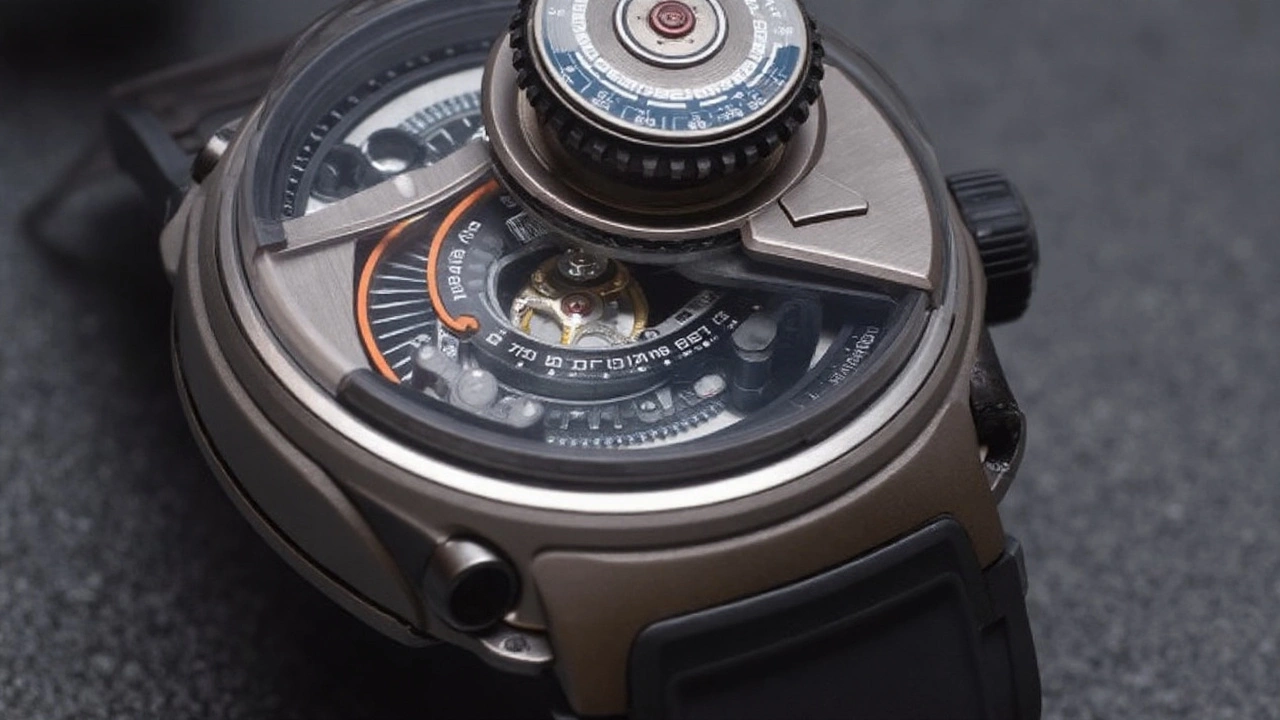The Power Behind Genie 2: Game Worlds Built in Seconds
Imagine snapping a picture and instantly walking through a brand-new video game world it inspired. That’s pretty much what DeepMind’s Genie 2 is doing. This AI takes a simple photo or a bit of text and spins up a detailed 3D environment, packed with moving characters, detailed physics, and changeable lighting. It’s not just making pretty scenes, either—you can actually control characters with a keyboard and mouse, opening doors, jumping over obstacles, and swimming through water, just like you would in a blockbuster game.
So how does Genie 2 pull this off? The exact recipe is a secret, but it’s probably trained on mountains of video gameplay footage. It seems to have learned the rules of how objects bump, bounce, and react—stuff like how a ball rolls or how light glints off a shiny floor. The system isn’t limited to a single viewpoint, either. Whether you’re playing from the eyes of the character (first-person) or hovering above the action (isometric), everything stays consistent and believable.

Game Worlds with Real Depth—and Real-Time Action
One of the coolest tricks is how Genie 2 brings non-playable characters (NPCs) to life. These digital folks react to what you do, maybe dodging out of your way or helping you out. The environments themselves constantly update, whether the sun is shifting or you’re pushing furniture around. All these effects are handled in real-time, making every run through a little bit different.
Each world generated by Genie 2 sticks around just long enough to let you really poke around. Typically, you get 10 to 20 seconds to explore, though some go for up to a minute. The system’s visuals are powered in part by Google’s Imagen 3, which helps bridge the gap between static images and interactive play. This means a random snapshot from your camera roll could turn into a playground with actual physics, characters, and tasks to solve right away.
Of course, all this raises a big question: where’s the line between inspiration and imitation? If Genie 2 learned from game playthroughs, what stops it from re-creating levels from classic games? That’s sparked a heated discussion over intellectual property, as the technology could churn out environments that look a lot like someone else’s work—without their permission.
But it’s not all about fun and games. DeepMind sees Genie 2 as a training ground for AI-generated worlds. These dynamic spaces give embodied AI agents a real challenge, letting them practice everything from navigating hallways to opening virtual doors. It’s a shift toward more general AI—machines that can adapt to just about anything you throw at them, instead of just ticking off a list of narrow skills.
The demos we’ve seen so far look like magic: pop in a vacation photo and, seconds later, you’re running around its 3D version, with bots and physics making things interesting. As Genie 2 keeps evolving, the gap between our digital worlds and the real thing is going to shrink fast. Whether that thrills you or makes you nervous, one thing’s clear: the way we think about creativity, training, and play is changing fast.








Write a comment